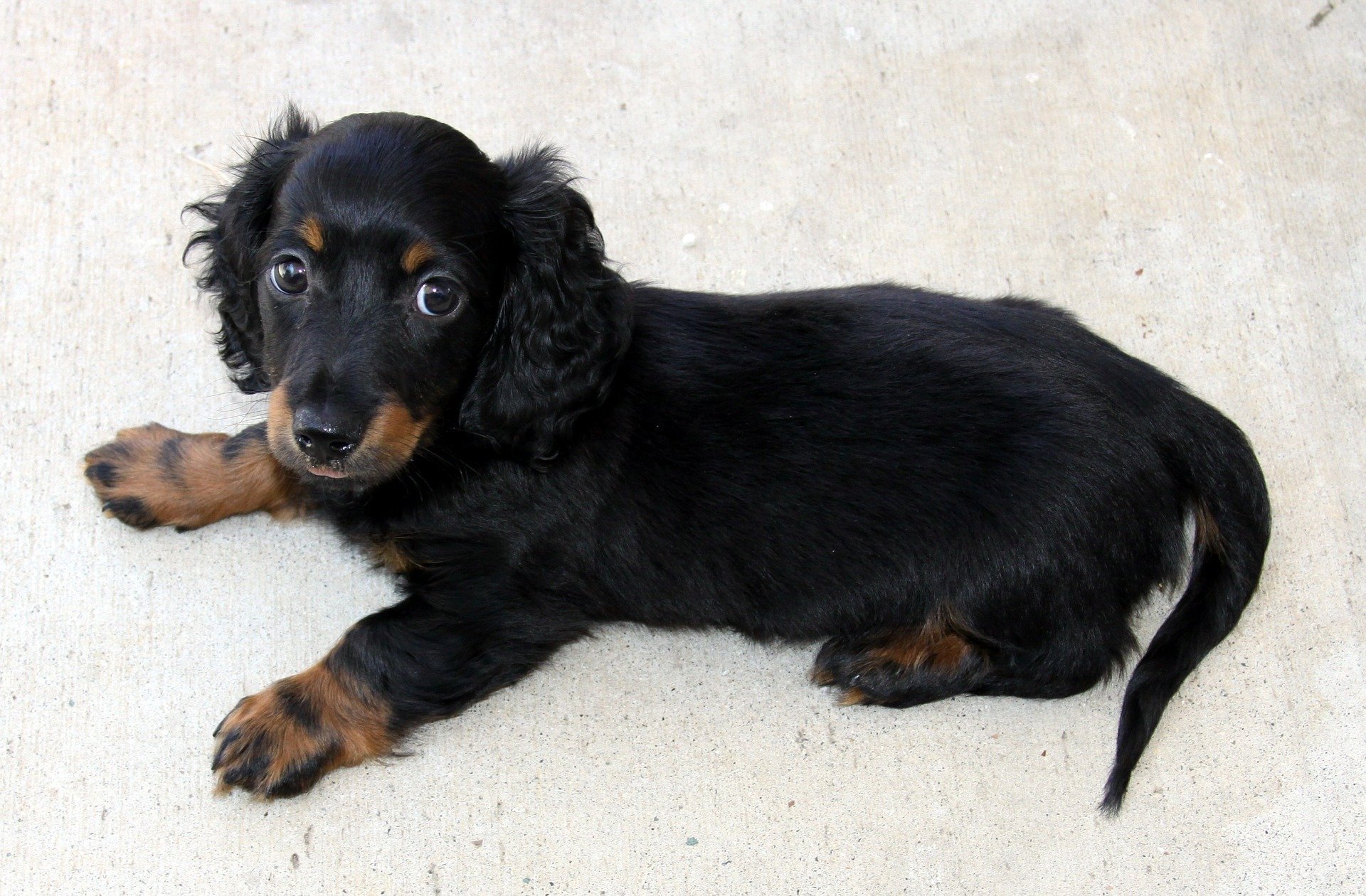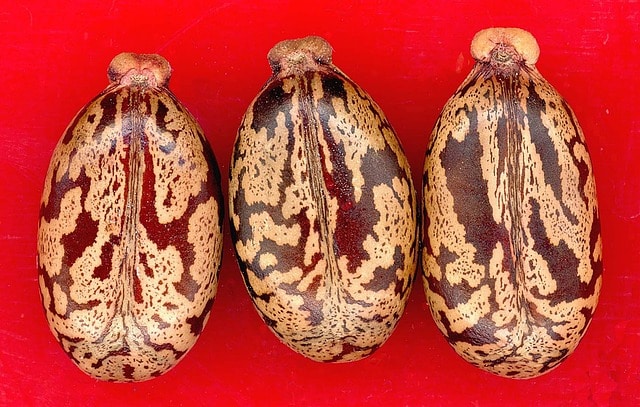Castor Seed properties
The castor seed is a dicotyledonous, and endospermic seed.
It is oval in shape and has a smooth, hard seed coat.
The testa is often mottled with brown and black spots patches.
At the narrow end of the seed, near the micropyle, lies a white spongy outgrowth.
This outgrowth is known as the caruncle. A small scar, the hilum, is situated near the caruncle and nearly hidden by it.
When the testa is removed, the thin membranous tegmen is seen.
It lies over a white, fleshy mass of tissue, the endosperm.
This is a storage organ particularly rich in oil.
The embryo is enclosed within the endosperm.
The Ricinus communis seed consists of a tiny radicle situated close to the caruncle, a plumule pointing in the opposite direction, and two flat, papery cotyledons.
These cotyledons are marked with delicate veins.
They are not storage organs but serve mainly for the transference of food from the endosperm to the radicle and plumule.
The tip of the plumule is not differentiated into minute feather-like leaves at this stage.
Castor Seed Germination
The castor seed begins germination in the presence of water.
You can soak the castor bean seed in water for a day before planting in order to soften the seed coat.
You can either start it in a pot in your garden or plant directly on the farm when the frost is over.
The castor seed will also thrive in an area that’s not prone to frost.
The Stages in Castor Seed Germination
The castor bean seed can take between 7 days to 21 days depending on the environmental factors and seed viability.
The spongy caruncle first absorbs water and becomes swollen.
The water from the caruncle then diffuses into the cells of the endosperm through the micropyle.
The oily substance in the endosperm is converted to sugar and other soluble substances by enzymes. The cotyledons then transport the digested food to the growing radicle and plumule.
The radicle then grows out through the micropyle.
It grows downwards into the soil as a primary root from which root hairs and branch roots arise, the part of the embryo lying between the cotyledons and the radicle is called the hypocotyl.
This part curves and pushes upwards through the soil.
In this way, the delicate tip of the plumule is protected as it moves through the soil.
However, the cotyledons remain in the ground until all the food in the endosperm has been absorbed. Once this has happened, the hypocotyl straightens and elongates, carrying with it the two cotyledons which turn green and leafy.
They then commence manufacturing food for the growing seedling.
Hence, they behave like modified leaves.
The plumule, which has been lying in between the two cotyledons, then begins to grow and gives rise to the first foliage leaves.
These turn green and begin to manufacture food for the plant.
The cotyledons eventually shrivel and fall off.
In the germination of the castor (Ricinus communis) seed, the cotyledons are carried above the surface of the soil by the elongation of the hypocotyl. Hence, the castor seed germination type is epigeal.
The castor seed grows well in a cool environment, so you should plant it where there’s no direct sunlight.







